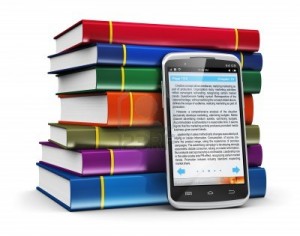 The digital divide is shrinking, TechCrunch points out. 94% of the world’s population receives a cell phone signal of some kind. 48% of the world’s population has cellular Internet service available to them. 28% of the world’s population has subscribed to that Internet service.
The digital divide is shrinking, TechCrunch points out. 94% of the world’s population receives a cell phone signal of some kind. 48% of the world’s population has cellular Internet service available to them. 28% of the world’s population has subscribed to that Internet service.
Those figures are really pretty impressive when you think about it. More than one person in every four has access to the Internet now. Of course, those numbers are not exactly uniform; a lot higher percentage of the people in the developed world have it, and a lot lower percentage of the people in the undeveloped world do.
When David Rothman passed the story to me, he suggested pointing out that cell phones are not exactly a full-fledged computer replacement. But for people who live in Africa and such, I’m not really sure that’s true. People do amazing things on their cell phones—even ones that aren’t “smart.” They read e-books, they engage in banking, and do an amazing number of things.
And smartphones can be used for a lot of the same sorts of things as full-fledged computers. Charlie Stross wrote a whole novel on one (albeit with a Bluetooth keyboard hooked up). You can run Internet searches, email and message people, and so on. When you can’t afford anything more than a smartphone, your smartphone becomes your computer.
The TechCrunch piece suggests that governments should do what they can to remove barriers to infrastructure rollout, making it possible for more people to get Internet access. It’s certainly a good idea. We’ll just have to wait and see how it works out.

































